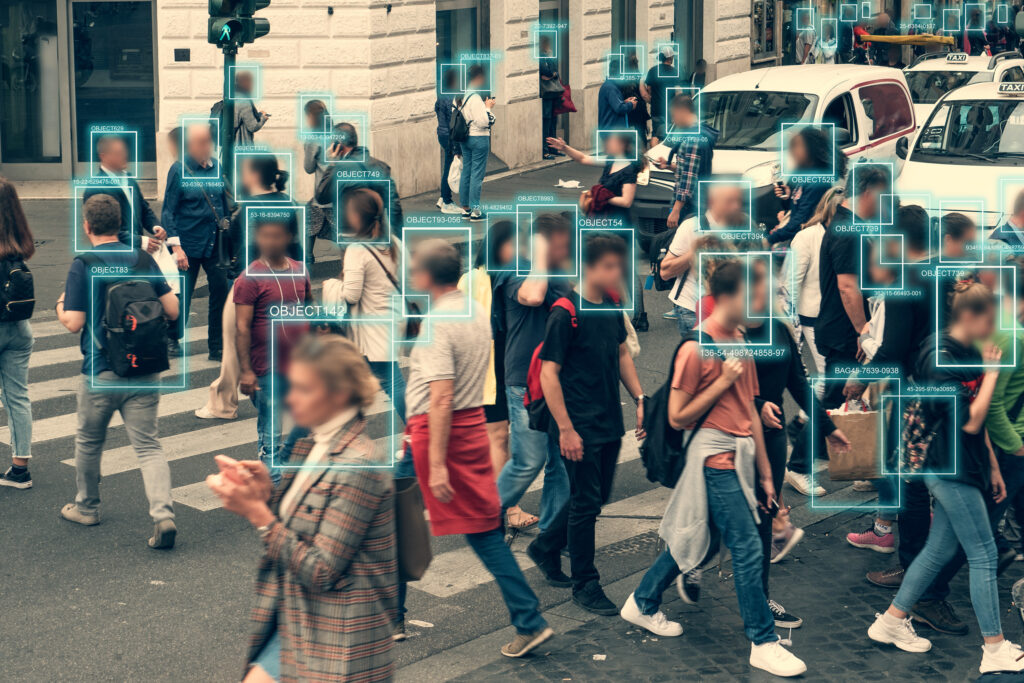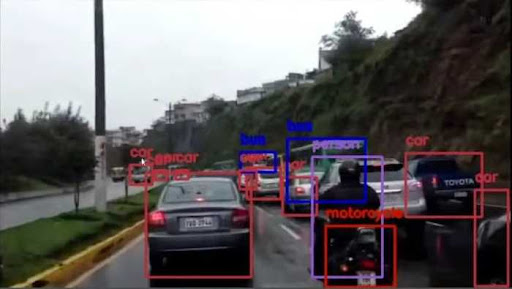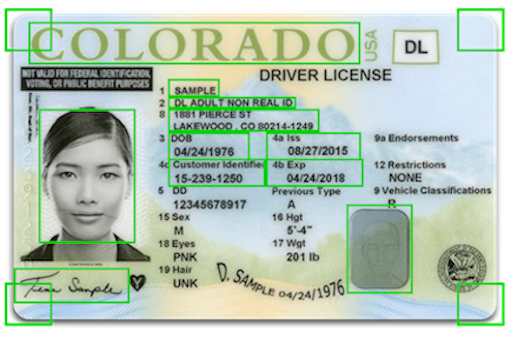
The impact of machine learning is immense. One important offshoot is AI annotation, which automatically identifies and labels objects in images, videos, and text.
Many industries increasingly rely on machine learning for more efficient workflow, the ability to read and predict trends, and data-driven decision-making.
We already know that computers on their own can’t process information the way we humans do. Each machine learning model heavily relies on the data it’s fed, as well as accompanying annotation.
Different industries that benefit from AI annotation include software and development, cybersecurity, finance, manufacturing, medicine, and engineering.
Let’s take a look at how AI is changing the world of machine learning and data annotation.
Why do machines need annotated data?
Computers are not equipped to deal with visual information in the same way that a human brain is.
When we see the face of the people that we are close to, we immediately recognize them. When we drive around and see roadblocks, we change our route.
On the other hand, a computer must learn what it is analyzing, the context, and what it should do about it before responding to the data presented.
Image and text annotation must be complete to teach computers to think like humans.
Think of it as teaching a toddler. For a computer to develop a vision, first introduce it to the objects around them. Each object supplied to the computer should have labels to process and memorize what it does quickly.
Without annotated data and image labeling, machines would be unable to recognize and process the information handed to them.
What are the benefits of AI annotation?
For years, machine learning heavily depended on manual annotation. Companies hire an image annotation service provider or use a text annotation tool. These services would create the datasets they need to train their applications to think like humans.
Human-annotated data produced by manual annotation in image annotation projects can come in various labels, such as the description of the color, texture, and appearance.
Volumes of data samples are submitted to train machine learning models to think like humans.
Although manual data labeling output is precise since actual humans are behind it, the process is very costly, time-consuming, and requires a lot of manual labor.
This is where AI-assisted video annotation tools can help with image and video annotation needs.
The machine can learn at scale without human intervention.
What impact will AI annotation have in the future?
The future of AI image annotation and text annotation is auspicious.
As the technology becomes more accurate, it will become an increasingly valuable tool for user experience and user interface designers.
We can expect better data protection and faster interpretation of commands in UI/UX.

What are the potential applications of AI annotation?
Image and text annotation creates training data sets for machine learning.
After the training process, it recognizes and segments images, as well as detects objects.
This could eventually lead to a machine learning model that mimics the human brain.
In deep learning, image and text annotation can be used for image captioning, image search, and image retrieval.
The Text and Image Combo
Natural language processing (NLP) could use image and text annotation to perfect image-to-text conversion and search.
In cognitive computing, the potential application of a text annotation and image annotation tool would be image-based question answering.
Text annotation drives the processing of verbal or text-based commands, and image annotations drive the understanding of image-based inputs.
It helps the machine understand the true “objective” and the “desired output” of the commands.
Annotation and Computer Vision
For neural networks, AI image annotation would be used to teach image captioning, image search, image retrieval, and image-to-text conversion and pattern recognition.
Lastly, in computer vision, AI image annotation and text annotation would be helpful in biometrics, perfecting the existing fingerprint and iris identification methods, fine-tuned face recognition, and gesture recognition.
Since computer vision serves as the ‘eyes’ of AI, it would also be helpful in image-based diagnosis, image-guided surgery, cancer detection, and other medical imaging pathologies.

AI uses facial and NLP recognition to detect a valid ID.
This is especially true in the banking and cryptocurrency space. Bots verify your ID and answer any customer service questions you may have. Humans only intervene as a last resort. Most crypto platforms are utilizing the power of annotation and NLP.
All of these AI advancements can help make companies marketing dramatically more efficient as well.
What are the limitations of image annotation and text annotation?
Despite its many benefits, image and text annotation does have some limitations.
For example, it can be time-consuming to annotate a large number of images or videos. In addition, technology is not perfect and can sometimes make mistakes.
Computers can also be taught about the literal meaning of images and texts, but absorbing the context behind them is another story.
Will AI annotation replace manual annotators?
Not entirely.
Other people claim that with the rise of AI image annotation, there will be a decline in the demand for jobs for human annotators since this industry would already depend on artificial intelligence.
That’s true, but we’ll still need humans to spot-check the AI.
The entities behind computer vision and machine learning models are still humans. At least in the short term, freelancers and remote workers are only to see a rise in manual annotations.
AI annotation is a tool that can help us create better UX and improve communication between team members.
Conclusion
With the help of AI, the future of image and text annotation for the advancement of UX & UI is very promising.
Facial recognition would demand less manual manipulation from its users, recognition of errors would be faster, and simulations for usability testing would be easier.
Despite its limitations, image and text annotation is a technology with great potential.
You can make your data meaningful and train your algorithm free from biases with our labeling and classification services for text, speech, image, and video data.
Contact us today to learn more.
Author Bio:
Aziz Khan is a Solutions Architect at Summa Linguae Technology specializing in delivering profitable solutions for clients.
When Aziz is not working, he spends time in the gym, researching technology, and working on his blog.


